Taboos of Drinking Cinnabar-Infused Wine
After entering the body, cinnabar can have the effects of clearing heat and detoxifying, calming the mind, and improving vision. In this article, we will talk about the taboos of drinking cinnabar-infused wine that need to be paid attention to!
Taboos of Drinking Cinnabar-Infused Wine, Disadvantages of Drinking Cinnabar-Infused Wine, Side Effects of Drinking Cinnabar-Infused Wine
Taboos of Drinking Cinnabar-Infused Wine
In traditional Chinese medicine, although cinnabar has a certain therapeutic effect on various diseases, this Chinese herbal medicine is not suitable for long-term and large-scale use, as it can easily lead to poisoning. At the same time, the compatibility of cinnabar with other herbs in daily life also needs to be carefully considered, otherwise, it may cause adverse reactions. The specific taboos of drinking cinnabar-infused wine are as follows:
First: Usage and Dosage of Cinnabar
The usage of cinnabar in daily life can be divided into two categories: internal use and external use. If internal use is required, the dosage should be controlled very carefully, about 0.1 to 0.5 grams is enough, and it should not be exceeded to avoid poisoning. Cinnabar can also be ground into powder and directly applied to the affected area, which has relatively small potential side effects.
Second: Compatibility of Cinnabar with Other Herbs
In the classic Chinese medicine book "Wu Pu Ben Cao," it is mentioned that cinnabar should not be combined with magnets, saltwater, and other substances, otherwise, the medicinal effects and properties may change. In addition, when preparing cinnabar in daily life, the method of calcination with fire should be avoided to prevent the loss of medicinal properties and increase in toxicity. Also, cinnabar should not be used with any blood-related substances.
Third: Method of Identifying Cinnabar
Cinnabar belongs to the triclinic crystal system, and its crystals have a rhombic dodecahedron or thick plate shape, which is relatively rare in nature. The color is vermilion or black-red, and some may have a lead gray color. The streak is red with a diamond-like luster, and it is semi-transparent. The fracture surface is semi-shell-like or jagged, and the texture is relatively brittle.
Fourth: Toxicity of Cinnabar
One of the most important things to note about the taboos of drinking cinnabar-infused wine is that this Chinese herbal medicine itself is toxic. Careless consumption can easily lead to poisoning and even life-threatening situations. China has a long history of understanding cinnabar, and the recognition of the toxicity of this herb has evolved from non-toxic to toxic. In the ancient book "Shen Nong Ben Cao Jing," cinnabar is considered a raw material for making elixirs, and it is generally believed that this herb is not toxic. However, in the medical book "Yao Xing Lun" from the Tang Dynasty, it is believed that cinnabar is highly toxic, but it did not attract much attention from medical professionals. It was not until the Ming and Qing Dynasties that Chinese medicine gradually realized the toxicity of this herb. Modern medical research has found that cinnabar is indeed toxic, and heating it can increase its toxicity. Therefore, when preparing this herb, the method of calcination with fire must not be used.
It has been found that excessive intake of cinnabar can easily lead to toxic side effects. This is because cinnabar contains inorganic mercury, which can be absorbed by the body and may produce methylmercury in the external and internal environments, causing poisoning. Therefore, it is not suitable for long-term and large-scale consumption of cinnabar in daily life to avoid poisoning.
If the body shows symptoms of poisoning after taking cinnabar, specific discomfort symptoms may appear in the nervous system, digestive system, and urinary system. These include nausea and vomiting, sore throat, loss of appetite, and in severe cases, gastrointestinal bleeding. The nervous system may experience memory loss, dizziness, headaches, insomnia, and numbness in the extremities. The urinary system may undergo changes in the late stage of poisoning, mainly showing irregular heartbeat, decreased blood pressure, and toxic myocarditis. In severe cases, acute renal failure can occur, leading to death.
Taboos of Drinking Cinnabar-Infused Wine, Disadvantages of Drinking Cinnabar-Infused Wine, Side Effects of Drinking Cinnabar-Infused Wine
Recommended Prescription with Cinnabar
Above, we have introduced the relevant knowledge about the taboos of drinking cinnabar-infused wine. I believe everyone has gained some understanding of the correct usage, dosage, and toxic side effects of this herb. It is necessary to understand the proper use of this herb to better avoid adverse reactions in the body after taking cinnabar.
First: Dan Sha San (Cinnabar Powder)
This prescription is recorded in the book "Sheng Ji Zong Lu" and mainly treats sore throat.
Second: Zhu Sha Wan (Cinnabar Pill)
If there is dim vision, the prescription "Zhu Sha Wan" recorded in the book "Sheng Hui Fang" can be used to quickly restore eye health.
Third: Zhu Sha An Shen Wan (Cinnabar Calming Pill)
This prescription has the effects of clearing heat to nourish the heart and calming the mind. It is particularly effective for symptoms such as restlessness, insomnia, palpitations, dizziness, or numbness caused by insufficient yin blood or excessive heart fire. It was first recorded in the book "Yi Xue Fa Ming."
Fourth: Zhu Fen San (Cinnabar Powder)




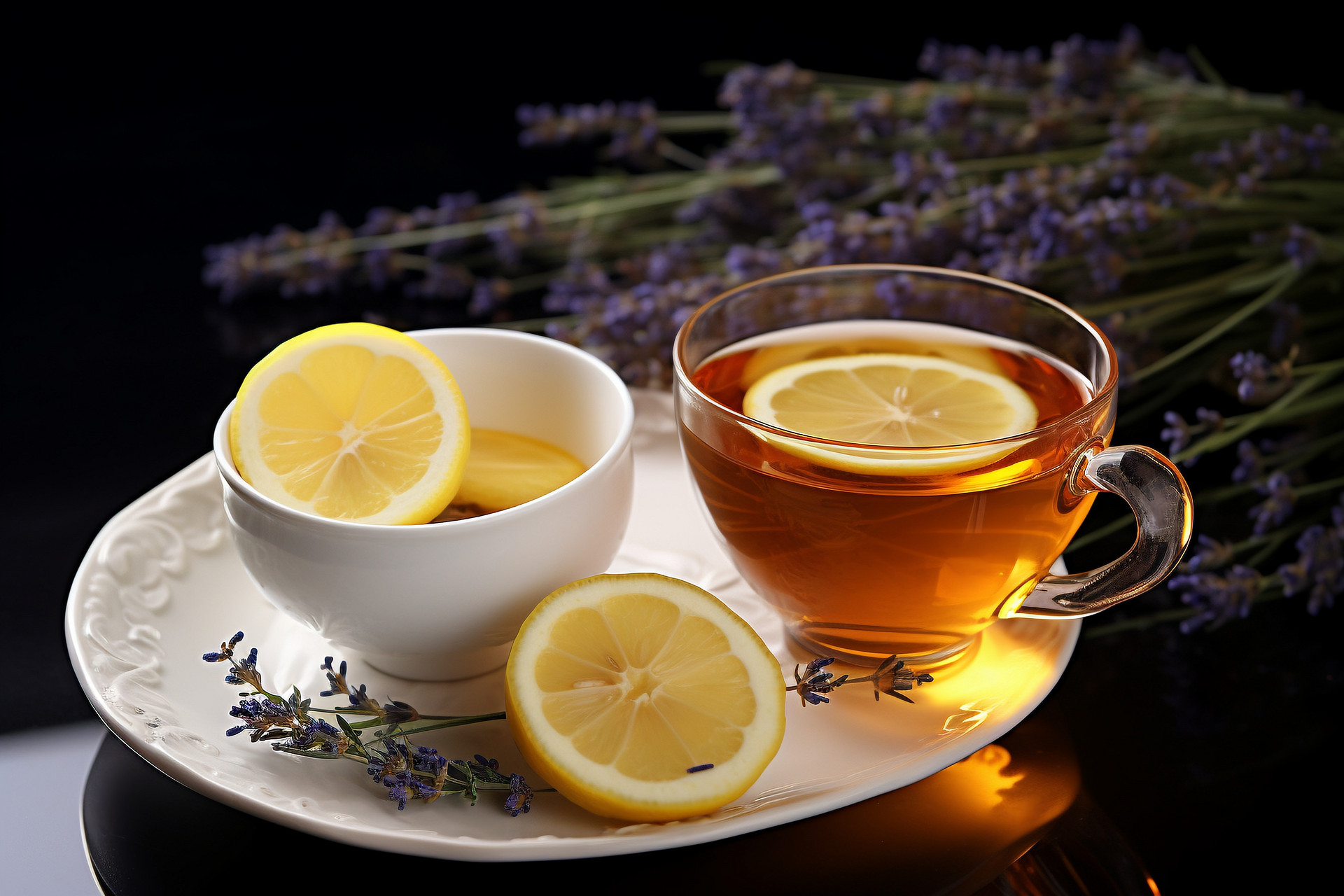
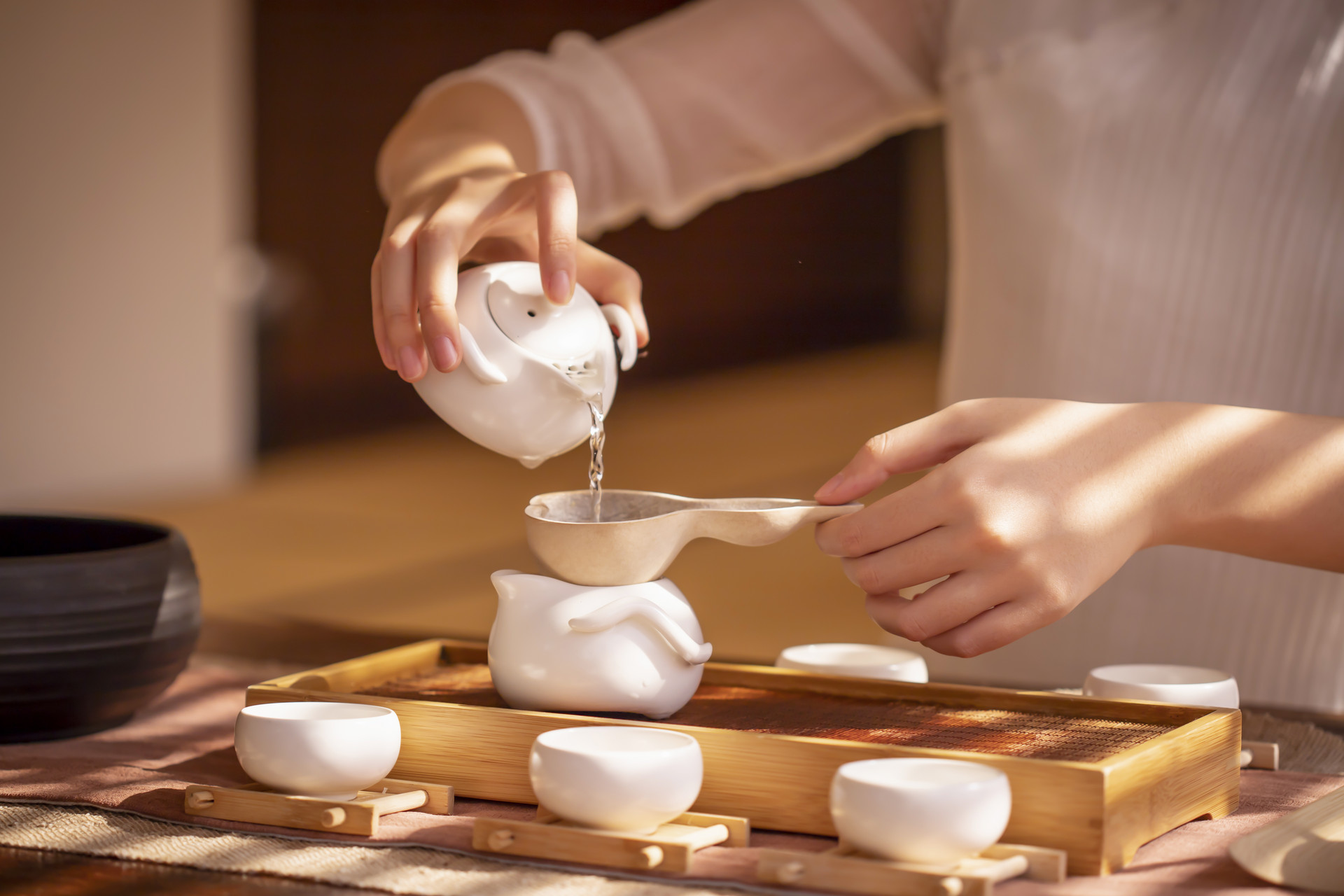
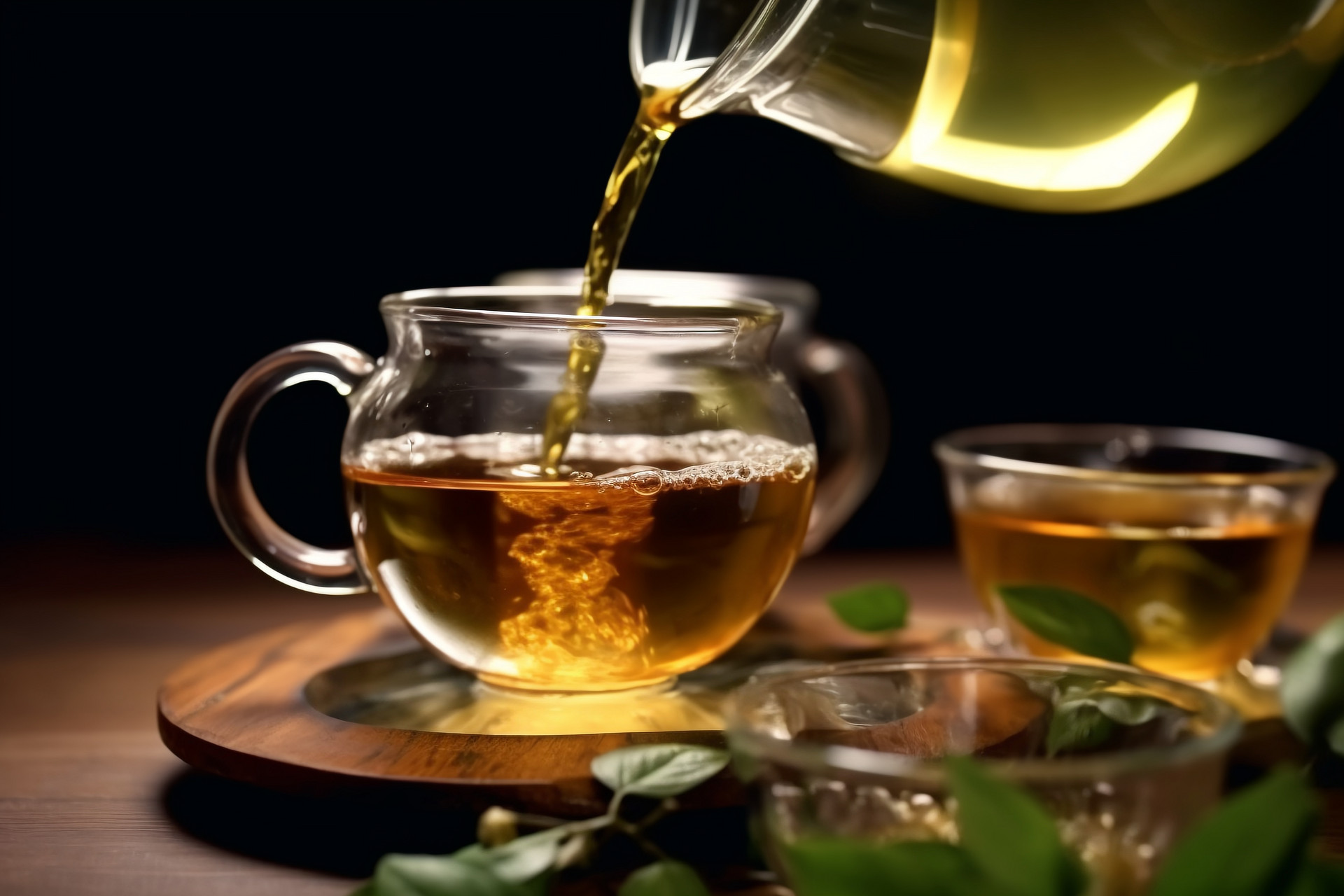

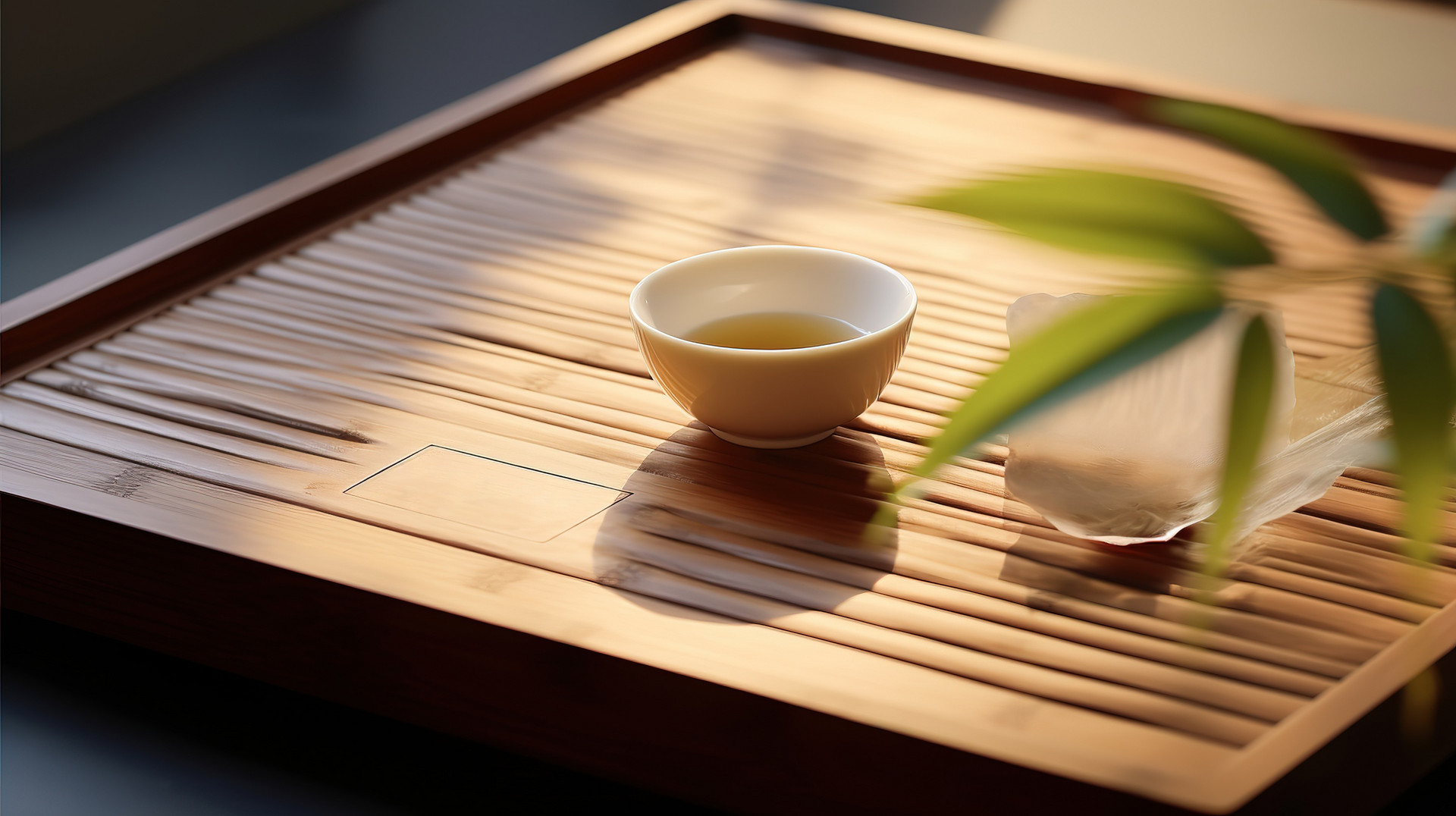
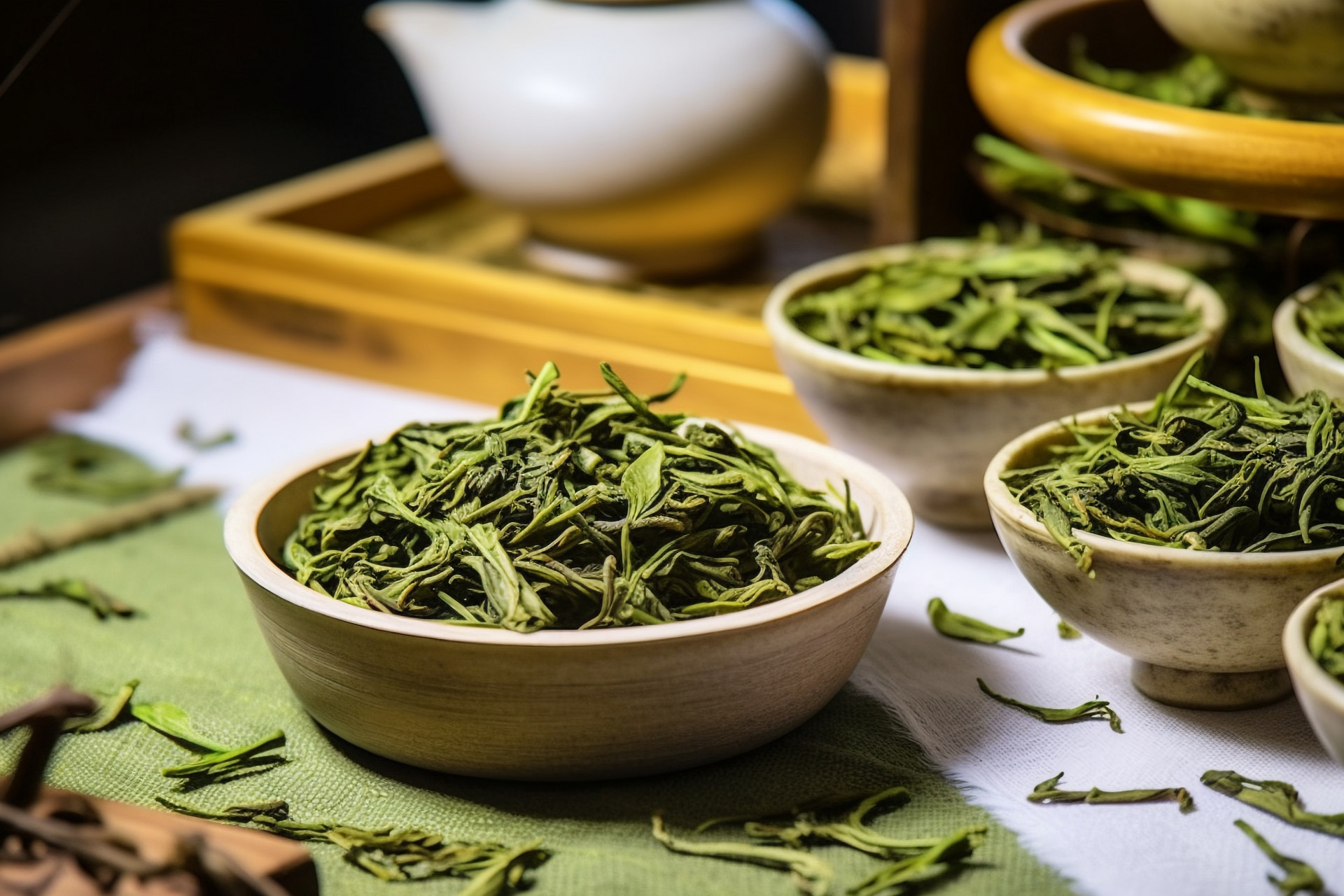
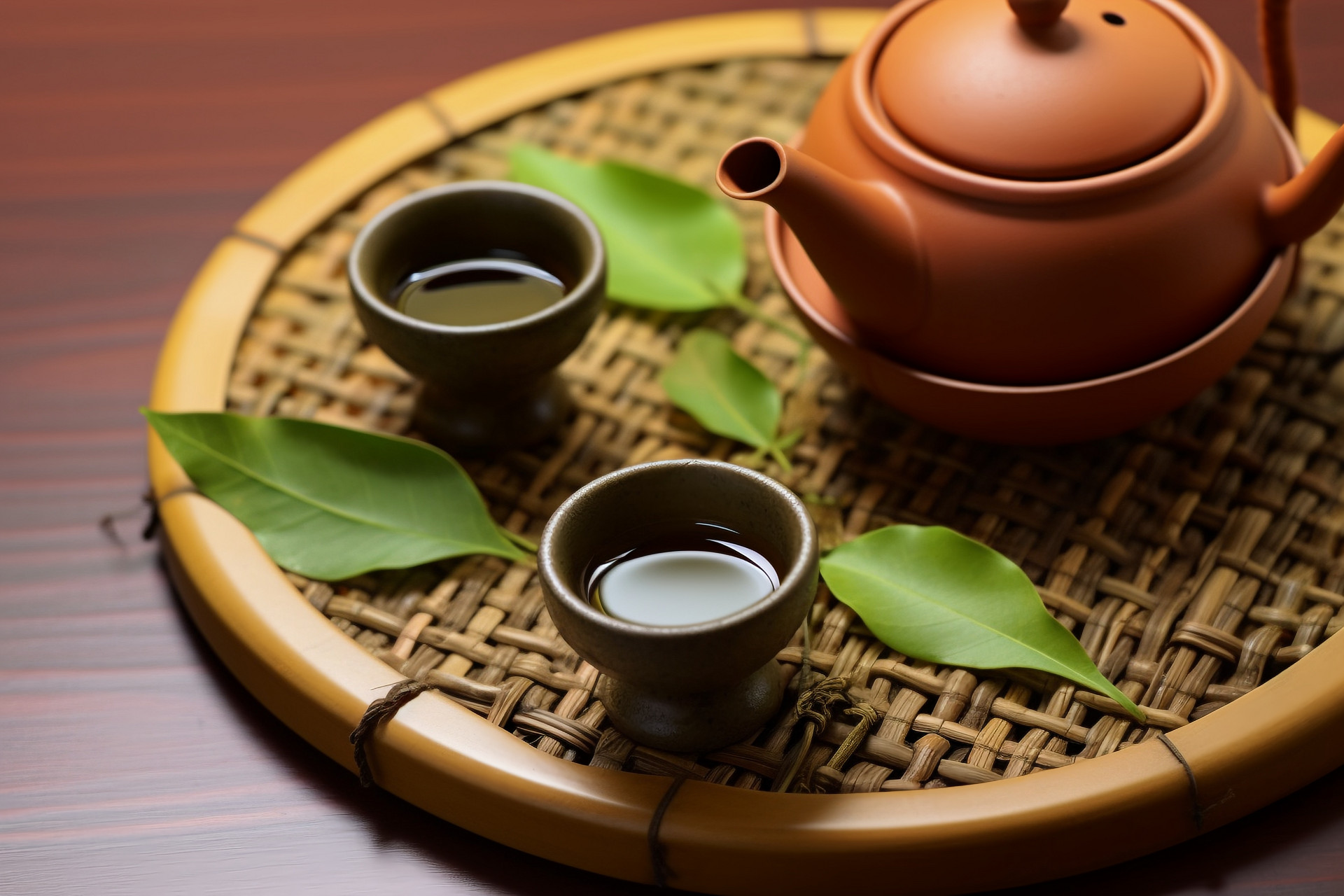
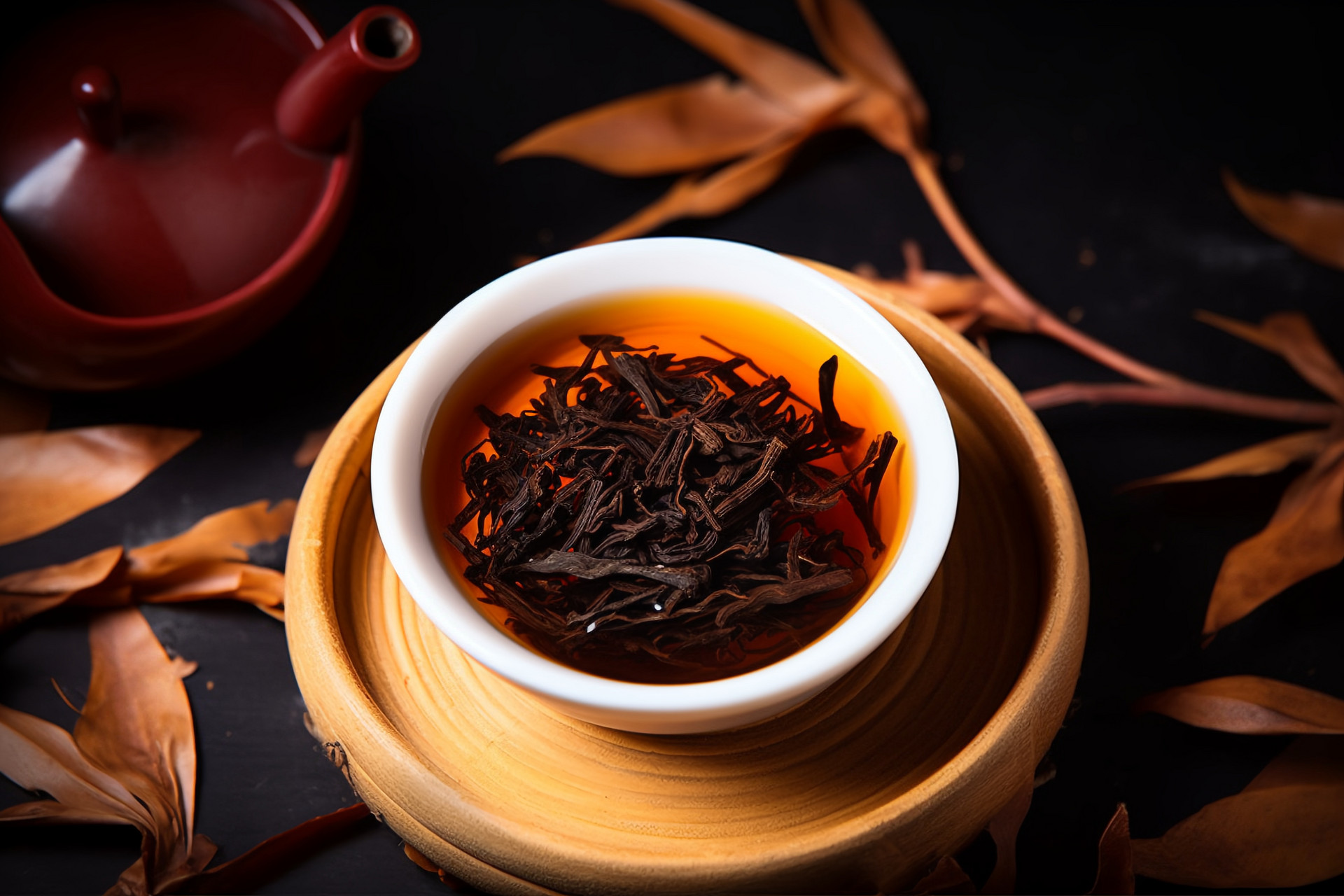
![[Herbal Wine Recipes for Health and Beauty]](https://tcmmaintenance.com/uploads/20240715/7241f6b6eafdaed88c28b26a37213964.jpg)